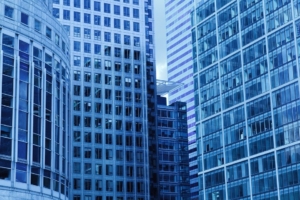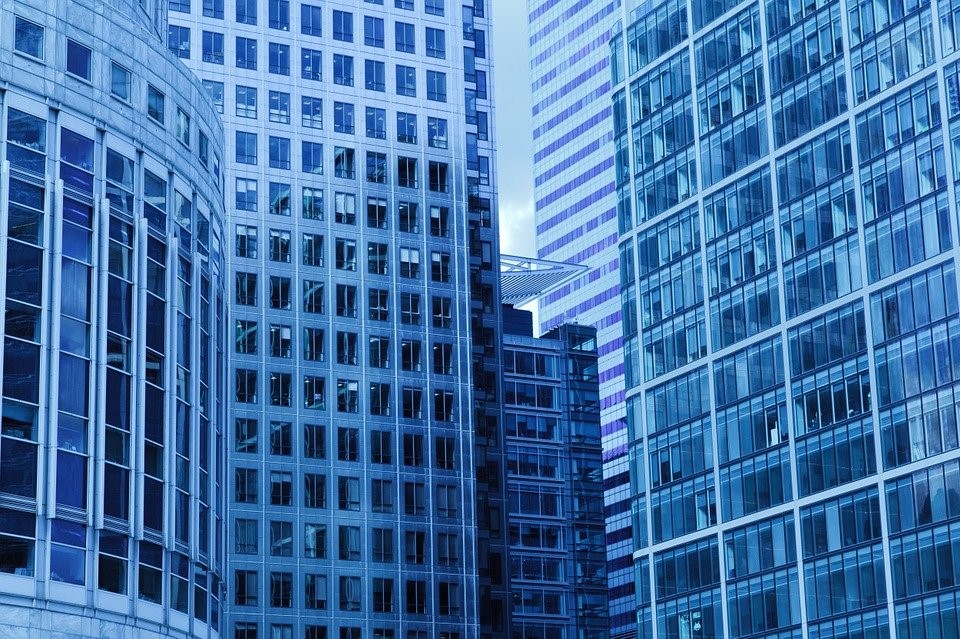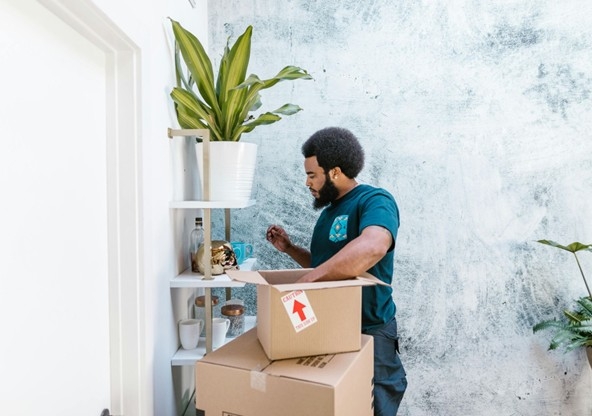
If you’re an experienced landlord and want to increase the value of your investments, then buying a multifamily property makes a lot of sense. The market for tenants is looking more promising than ever because more families are choosing to rent homes. Multifamily homes are good with lenders and have proven to be more stable than other assets like retail or commercial offices.
It isn’t uncommon for investors to pay a high price for multifamily homes because they expect the prices to increase or expect more families to move in. This isn’t always true, and establishing proper cash flow will take time. To maximize your profit, you should take a few things into consideration.
Location of the Property
The building’s location will play a big role in attracting quality tenants. Get to know the area by visiting nearby facilities and amenities such as bars, restaurants, and schools and see if you’re closer to a good bus route. If the property is situated in a lively area, it will get very noisy at night. Are the neighborhood demographics, such as age distribution and household size, favorable for you?
The health of the local economy is just as important. How many commercial buildings are nearby? Access to transportation such as rail lines and freeways is also useful.
Maintenance Work
Consider if the multifamily home is going to be low or high maintenance. The more maintenance required, the more fees you’ll have to pay. Some of the newer and more expensive properties have durable materials that do not require as much maintenance. Windows are another aspect that should be considered, and must be treated. A good solution for windows is to have aluminum on the outside and timber on the inside as a low-cost solution to mitigate maintenance expenses.
A well-maintained property can command higher rental rates with lower vacancy rates. This is important to ensure you have sufficient income for loans, insurance, and property taxes.
Property Condition
A good rule of thumb is to check the roof’s condition to gauge the property’s overall health. Think about the sun in summer and light in winter, breeze, and cross ventilation, and the orientation of the bedrooms to common areas, and living spaces. Try to find out the age of the electrical wiring and heating system. These items will cost a lot to replace, upgrade, or maintain.
Renter Demographics
Young couples with both partners having well-paying jobs in their mid to late 30s tend to have enough money saved up for paying rent on time. Keep in mind that these residents prefer upscale properties and will eventually gravitate towards their own houses.
It’s worth noting that younger tenants are always at risk of moving away for a new job. A safer bet is to find older seniors because they have access to a stable and secure income.
Tax Benefits
Investing in a multifamily home can offer attractive tax benefits. For example, you can deduct maintenance and operation costs such as utilities, property management fees, repair costs, insurance premiums, and marketing expenses. Things such as real estate depreciation can also save you in the long run (even though the property’s market value may be rising).
Building Wealth Over the Long Term
Investing in a multifamily real estate property is a major recipe for wealth building over time and is suitable for anyone seeking consistent results. The market will fluctuate from one extreme to another, but real estate almost always appreciates over time. Multifamily homes act as a hedge against inflation because access to housing is a basic necessity.
During volatile financial times, renters are more likely to cut other costs before moving out.
Wrapping Up
Try to gauge as much about the multifamily property as possible before committing to it. Consider both long and short-term goals to build wealth. It’s worth having a conversation with a property manager about the potential of attracting new tenants to the property. Click here to find a property manager that helps you sustain your property’s value and grow your real estate business.
“Jivko Stefanov, Content Manager”




